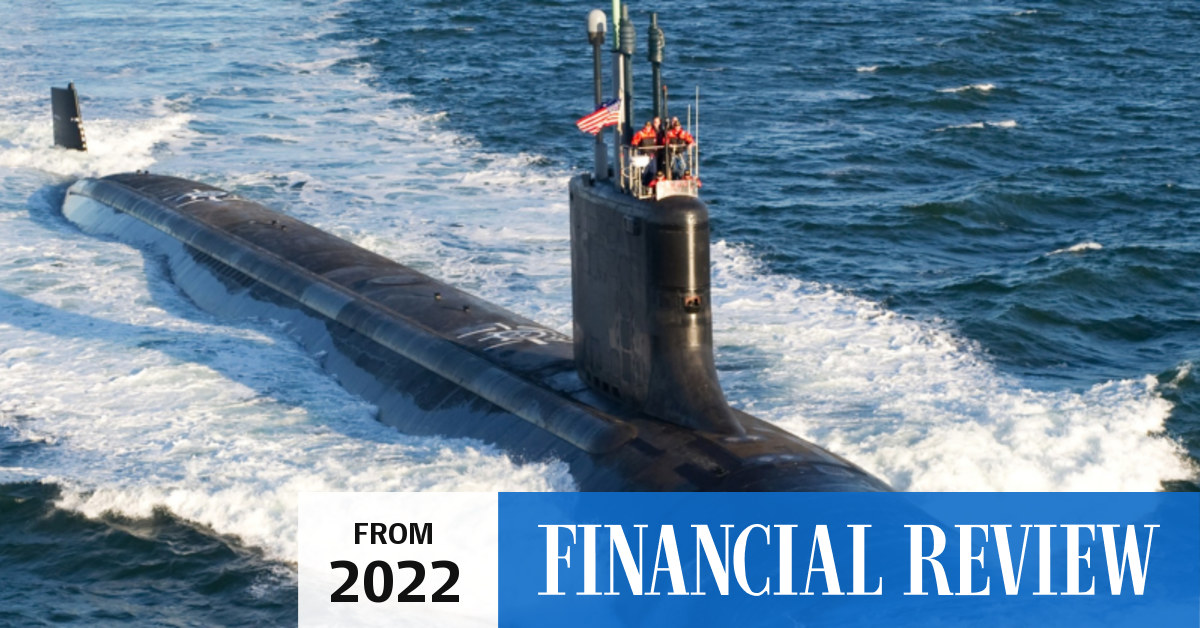I was hoping the government would give a defence review update in November, but apparently that is not happening and is only confidential/non public.
I worry about lack of platforms for fighting in the next 10 years:
Collins coming out of water for a very significant and extensive LOTE, to try to stretch their operational life into the later 2050's, but mean there will be significantly less capabilities during the later 2020's and the early 2030s..
Hobarts coming out of water for radar and combat system upgrades, $5+ billion worth of work, almost equaling their initial build cost. Less capabilities during the later 2020's and the early 2030s. We basically lose any deployable, reliable destroyer capability. Presumably the LHD and other assets will have to stay in local waters only and we will be cancelling our regional engagements.
Anzacs coming out of water for further upgrades, while smaller they are still significant, and overlapping with Collins/Hobart upgrades. Again less capabilities during the later 2020's and the early 2030s.
Other projects are also unclear.
F-35 to go through blk4 upgrades, which will likely be a slow and probably the most significant upgrade these aircraft will go through as we have already 54 delivered, and the blk4 upgrade gives the platform a lot of capability. Including 16 new weapons integrated, new sensors, new computers, new sub systems, etc. Basically none of the RAAF will be TR3 builds, so this will involve basically pulling apart the entire aircraft and rebuilding them. We may need to buy another squadron of aircraft so we have some capability while this is occurring. SH if we are keeping them around may need to go through with a blk III upgrade to keep them relevant. Time frames are working against us, there is a balance between here and now capabilities and the wants of tomorrows. How do we keep pilots while under going and taking out of service so many, many airframes.
Drone strategy is also unclear.
Then we have the rumored curtailing of the Land400 program. Army looks like riding around in M113's for the time being.. M1A2 is unclear. Some amphibious and landing capabilities are also unclear.
Plus what do we do with our people while all of this is happening as its likely to negatively affect careers, morale, satisfaction and eventually retention.
Suffice to say not sure of the ADF fighting capability in the 2025-2035 period. Particularly if every major platform and fighting unit is in pieces on hardstands or on the ground, or driving around in 1960's vintage items. This affects Army, Navy and Airforce.
All this points to me to a material increase in defence spend, with the RAN, RAAF and RAA being the big winners. This doesn’t equate to swingeing cuts elsewhere (although some trimming looks inevitable, even if just for the optics).
Would like to see some sort of update, if not answers, then at least what is being considered.
Marles certainly is a capable person. He also has a personal friendship with Dutton. Arguably Australia does see defence as a significant priority, we are concerned about the global situation, China, Russia, the war in Europe, US stability. There is heaps of scope for bipartisan progress, in solving a huge number of issues, as we go into a hugely dynamic geopolitical time.
We can acknowledge the limitations of earlier governments from both sides. They were a different time, and for nearly 15 years both sides face internal squabbling and backstabbing ontop of 20-30 years of defence decline since Vietnam.
But we are now at the critical point where things
need to happen. It would be nice to see, something.


